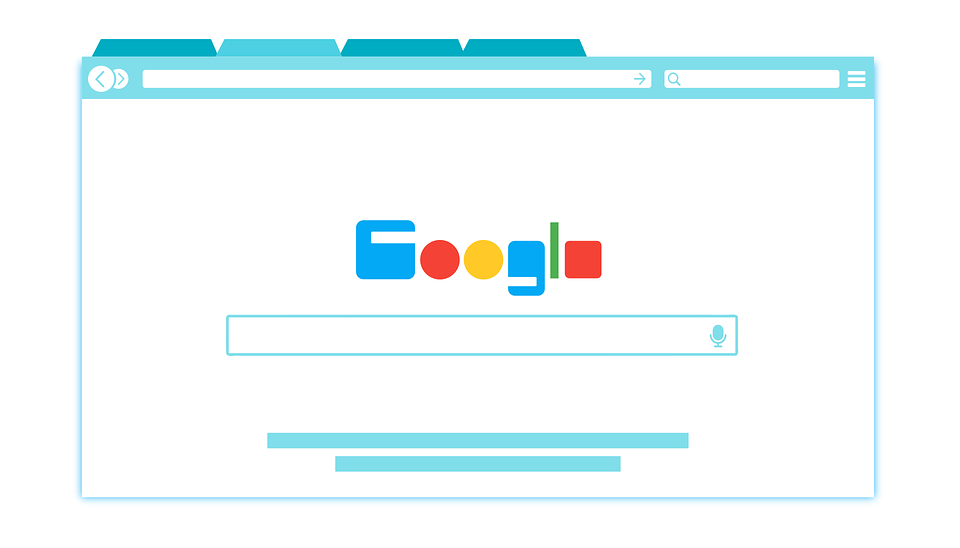

By Will Hockin

Google has made no secret of its desire to improve user’s experiences online. On the 15th of February, they launched an inbuilt ad-blocker for their popular browser, Chrome. Ad-blocker extensions for Chrome have been around for a long time, but Google making them a non-negotiable part of their browser experience throws up some intriguing talking points.
So where has this come from? Google, along with the Coalition for Better Ads conducted some research with 25,000 internet users to get their thoughts on internet advertising. The result of this was a ‘blacklist’ of ad types that Google have now banned. It also indicated that “annoyance” and “distraction” were the worst offences - interesting reading for any digital advertisers.
So What Does This Blacklist Include?
Chrome’s new inbuilt ad-blocker will stop advertising considered intrusive to a user’s experience. Some of the those blacklisted are:
- Auto play videos with sound.
- Full page ads.
- Pop up ads.
- Ads with a countdown before allowing a user to view content.
- Flashing animated ads.
- Sites with an ad density above 30%
Google are not holding back either. If one single ad on a page fails to meet the new Better Ads standards, then Google will block all ads from that site. And if a site fails to meet these standards for 30 days they will have to submit their site for manual review once the ‘bad’ ads have been removed. And ‘manual review’ can only mean long delays - a tough blow for websites whose main source of revenue is their advertising space.
It’s been effective so far. Even prior to launch, 42% of sites that were failing the Better Ads standards have resolved their issues and cleaned up their advertising. Good news for us users!
How Will this Affect Digital Advertising?
Here at Aquamarine, we’re firm believers of the ‘Quality over Quantity’ approach. We think this move from Google is great news for everyone - users and advertisers alike. And we know users aren’t opposed to all advertising - Page Fair’s 2017 report found that 77% of ad-blocker users only disliked the ‘annoying’ ads. What this means is advertisers have a chance to really connect with users, with well crafted, well thought-out and well targeted ads.
Advertisers have a golden opportunity to increase their credibility and build better relationships with users. Relationships based around trust and respect. In our digital-first society, users hold the power, and their time and experience online needs to be respected by those posting content, especially advertisers.
How You Can Make Sure Your Digital Advertising Engages Users
The first step towards making your ads engaging is to ensure they’re designed with users in mind. Ads shouldn’t be all about you and how great you are - they should be speaking to users and their concerns or desires. Google recommends attracting users with direct and unobtrusive messaging, always remembering to keep it concise, and honest. No one wants to have to read reams and reams of copy just to figure out how much it's going to cost them, and absolutely no one wants to be lied to!
For those of you worried that you’ll no longer be able to reach users with rich media, don’t be! It’s still possible to get your videos and images in front of your target audience, you just need to grab their attention with an enticing message, and give users the choice to interact with your ads, rather than forcing it upon them.
So how do you engage them? A fantastic ad experience. Creative with a compelling message, ads targeted to those interested in them (you may need to improve your data for that!), and a better understanding of your target audience so you know for sure you’re giving them what they want.
